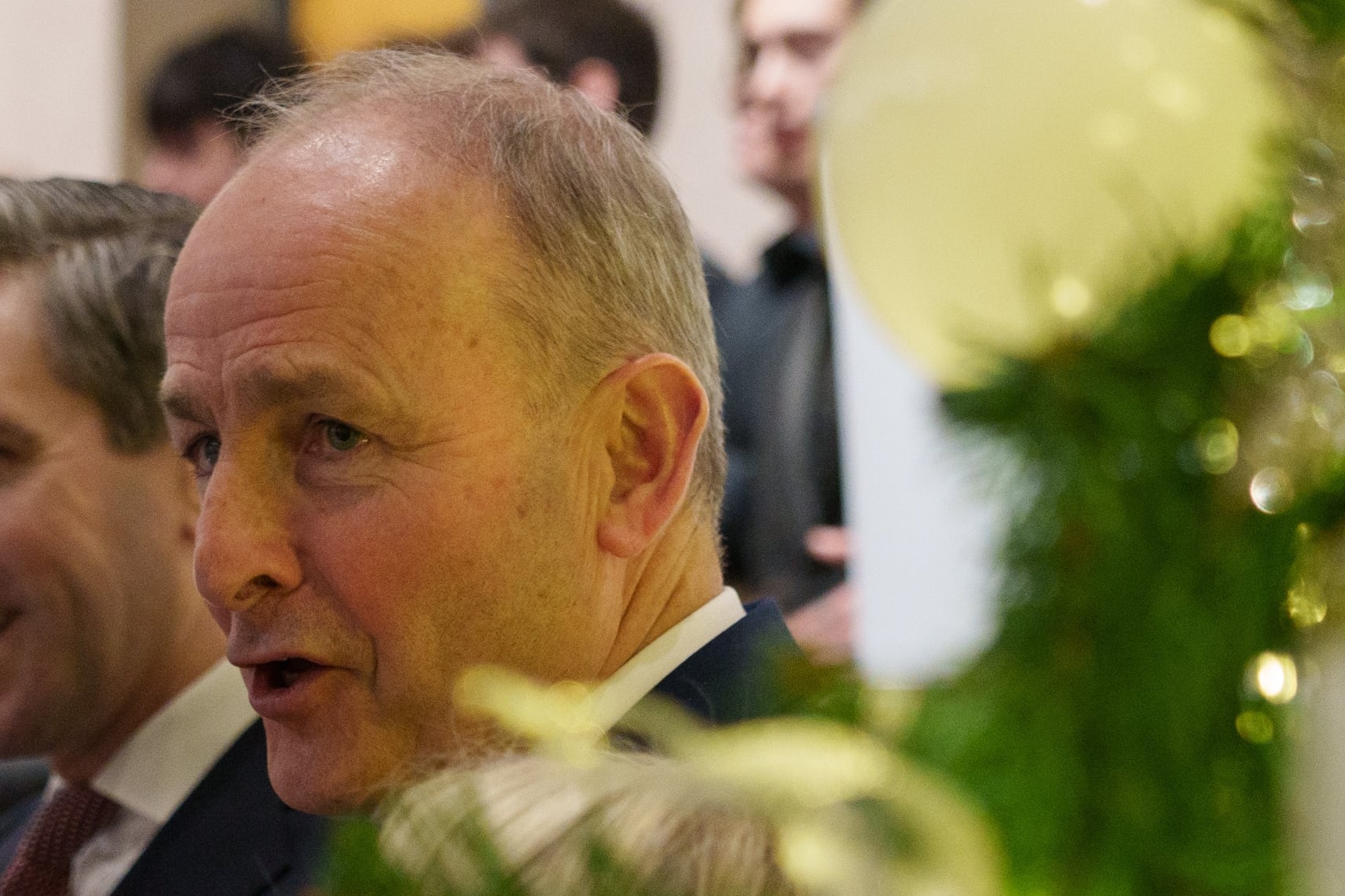Lebanon’s Hizbullah group said it launched more than 100 Katyusha rockets at Israeli military posts on the occupied Syrian Golan Heights on Tuesday in response to Monday’s Israeli strikes that killed one person in the Bekaa valley. The Hizbullah barrage was one of the largest in more than five months of hostilities. Israel retaliated by hitting the rocket launchers employed in the strikes.
Israel’s Bekaa attack was 100km from the Lebanese-Israeli border near the city of Baalbek and its famous Roman temple ruins.
Exchanges had been largely confined to the border zone until Israel increased the stakes by targeting Hizbullah posts, facilities, and fighters well north of the frontier. The Bekaa attack was the second time Israel has struck so far north and is regarded in Beirut as a major escalation in cross-border exchanges that began on October 8th.
The first Israeli air strike in this Hizbullah stronghold took place on February 26th and killed two Hizbullah members. Hizbullah said the target was a warehouse while Israel claimed it was the site of the movement’s air defences, which track Israeli drones, aircraft and missiles.
READ MORE
Hamas-allied Hizbullah initiated limited tit-for-tat exchanges to draw Israeli forces from the Gaza front and promised a ceasefire once there is a truce in Gaza.
[ Irish peacekeepers caught up in rising tensions on Israel-Syria borderOpens in new window ]
Israel defence minister Yoav Gallant recently said a Gaza ceasefire would not lead Israel to halt attacks on Hizbullah, which it regards as a more dangerous enemy than Palestine’s Hamas.
The escalation began in mid-February after Hizbullah rocketed a military base, killing a soldier in the Israeli town of Safed 12km from the border. Israel replied with strikes on homes in the Lebanese town of Nabatiyeh, 50km from the frontier, killing seven civilians and three Hizbullah officers.
Last week, Gallant told visiting US envoy Amos Hochstein – who tried and failed to de-escalate the exchanges – that Israel could mount a full-scale war against Lebanon if there is no deal for Hizbullah’s withdrawal from the border zone by March 15th. Other Israeli officials dismissed the deadline, but the threat remains. Israeli prime minister Binyamin Netanyahu has warned that Israel would turn Beirut into another Gaza if Hizbullah continues firing missiles into Israel.
Tensions between Lebanon and Israel have also been stoked by last week’s Israeli logistics exercise to practice delivering food, fuel and munitions to troops in northern Israel.
Both governments are under growing pressure to end hostilities from the 90,000-100,000 Lebanese who left their homes in the south and the 96,000 civilians who evacuated northern Israel.
Since the Hamas-Israel war began in October, 263 Hizbullah fighters and 54 Lebanese civilians, and 10 Israeli soldiers and seven Israeli civilians, have been killed in cross-border operations.
- Listen to our Inside Politics Podcast for the latest analysis and chat
- Sign up for push alerts and have the best news, analysis and comment delivered directly to your phone
- Find The Irish Times on WhatsApp and stay up to date














